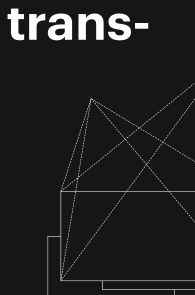open access
메뉴
open access
메뉴 ISSN : 2508-3309
ISSN : 2508-3309
The purpose of this thesis is to analyze characteristics of everyday movement showed in performances of Steve Paxton. A work of art has been realized as a special object enjoyed by high class people as high culture for a long time. Therefore, a gap between everyday life and art has been greatly existed, and the emergence of everyday elements in a work of art means that public awareness involving social change is changed. The postmodernism as the period when a boundary between art and everyday life is uncertain was a postwar society after the Second World War and a social situation that rapidly changes into a capitalistic society. Changes in this time made scholars gain access academically concepts related to everyday life, and affected artists as the spirit of the times of pluralistic postmodernism refusing totality. At the same period of the time, modern dance also faced a turning point as post-modern dance. After the Second World War, modern dance started to be evaluated as it reaches the limit, and at this juncture, headed by dancers including the Judson Dance Theatre. Acting as a dancer in a dance company of Merce Cunningham, Steve Paxton, one of founders of the Judson Dance Theatre, had a critical mind of the conditions of dance company with the social structure and the process that movement is made. This thinking is showed in early performances as an at tempt to realize everyday motion it self in performances. His early activity represented by a walking motion attracted attention as a simple motion that excludes all artful elements of existing dance performances and is possible to conduct by a person who is not a dancer. Although starting the use of everyday movement is regarded as an open characteristic of post-modern dance, advanced researches on this were rare, so this study started. In addition, studies related to Steve Paxton are skewed towards Contact Improvisation that he rose as an active practician. As the use of ordinary movement before he focused on Contact Improvisation, this study examines other attempts including Contact Improvisation as attempts after the beginning of his performances. Therefore, the study analyzes Satisfyin' Lover, Contact at 10th & 2nd and Bound that are performances of Steve Paxton, and based on this, draws everyday characteristics. In addition, related books, academic essays, dance articles and reviews are consulted to consider a concept related to everyday life and understand dance historical movement of post-modern dance. Paxton attracted attention because of his activity starting at critical approach of movement of existing modern dance. As walking of performers who are not dancers, a walking motion showed in Satisfyin' Lover gave esthetic meaning to everyday movement. After that, he was affected by Eastern ideas, so developed Contact Improvisation making a motion through energy of the natural laws. In addition, he had everyday things on his performances, and used a method to deliver various images by using mundane movement and impromptu gestures originating from relaxed body. Everyday movement of his performances represents change in awareness of performances of the art of dancing that are traditionally maintained including change of dance genre of an area. His activity with unprecedented attempt and experimentation should be highly evaluated as efforts to overcome the limit of modern dance.